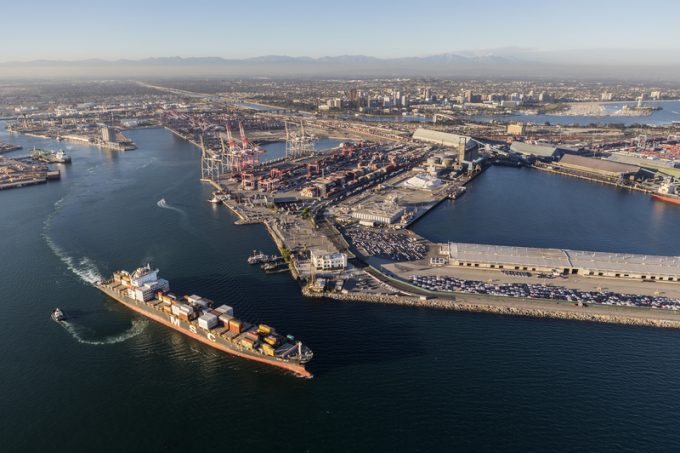US container imports plunge as economy and labour take their toll
According to the latest McCown Report US west coast ports saw a 22% decline in ...

Shippers and the wider supply chain need to be concerned about the resurgence of major US west coast port congestion next year, rather than writing it off as an historical anomaly.
The warning came from TradeTech president Bryn Heimbeck, who said it was “clear” the ports were not prepared to handle the mounting demand.
“One does not have to be omniscient, one just has to know there is a level that ports can handle, and that ...
'Disastrous' DSV-Schenker merger would 'disrupt European haulage market'
New senior management for DSV as it readies for DB Schenker takeover
Volumes set to 'fall off a cliff' as US firms hit the brakes on sourcing and bookings
Asian exporters scramble for ships and boxes to beat 90-day tariff pause
Amazon pushes into LTL for small package fulfilment and UPS does a u-turn
Temporary tariff relief brings on early transpacific peak season
Pre-tariff rush of goods from US to China sees air rates soar, but not for long
Forwarders 'allowing the fox into the chicken run' by supporting 'hungry' carriers

Comment on this article
Ramon Silva
December 14, 2023 at 3:42 pmOh no!!!! If this happens is no bueno! port congestion are likely linked to unfair demurrages and detention charges.